Located in crater-scarred countryside 10km northeast of Verdun, this fort was constructed between 1881 and 1884. It was the second fort – Douaumont was the first – to fall in the Battle of Verdun, and became the site of the bloodiest battle for two months. Weak with thirst, Major Raynal and his troops surrendered to the enemy on 7 June 1916. You can gain an insight into past horrors by taking a tour of its dank interior and observation points.
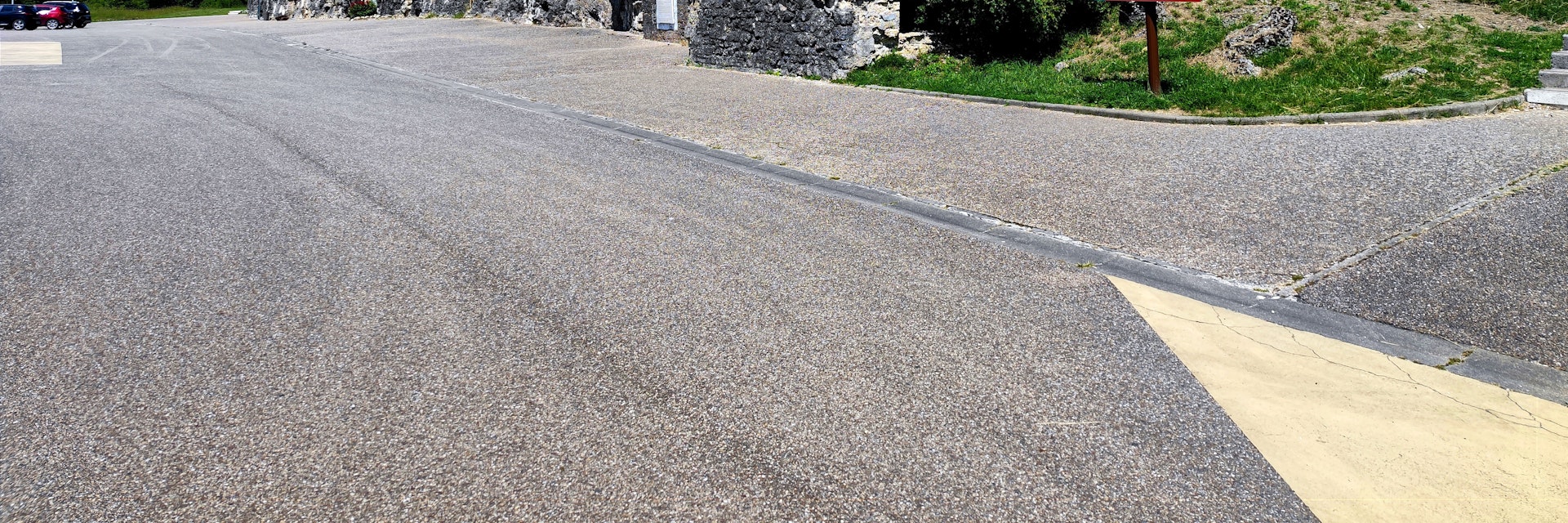
© Jeffrey Glas/Getty Images/iStock
Lonely Planet's must-see attractions
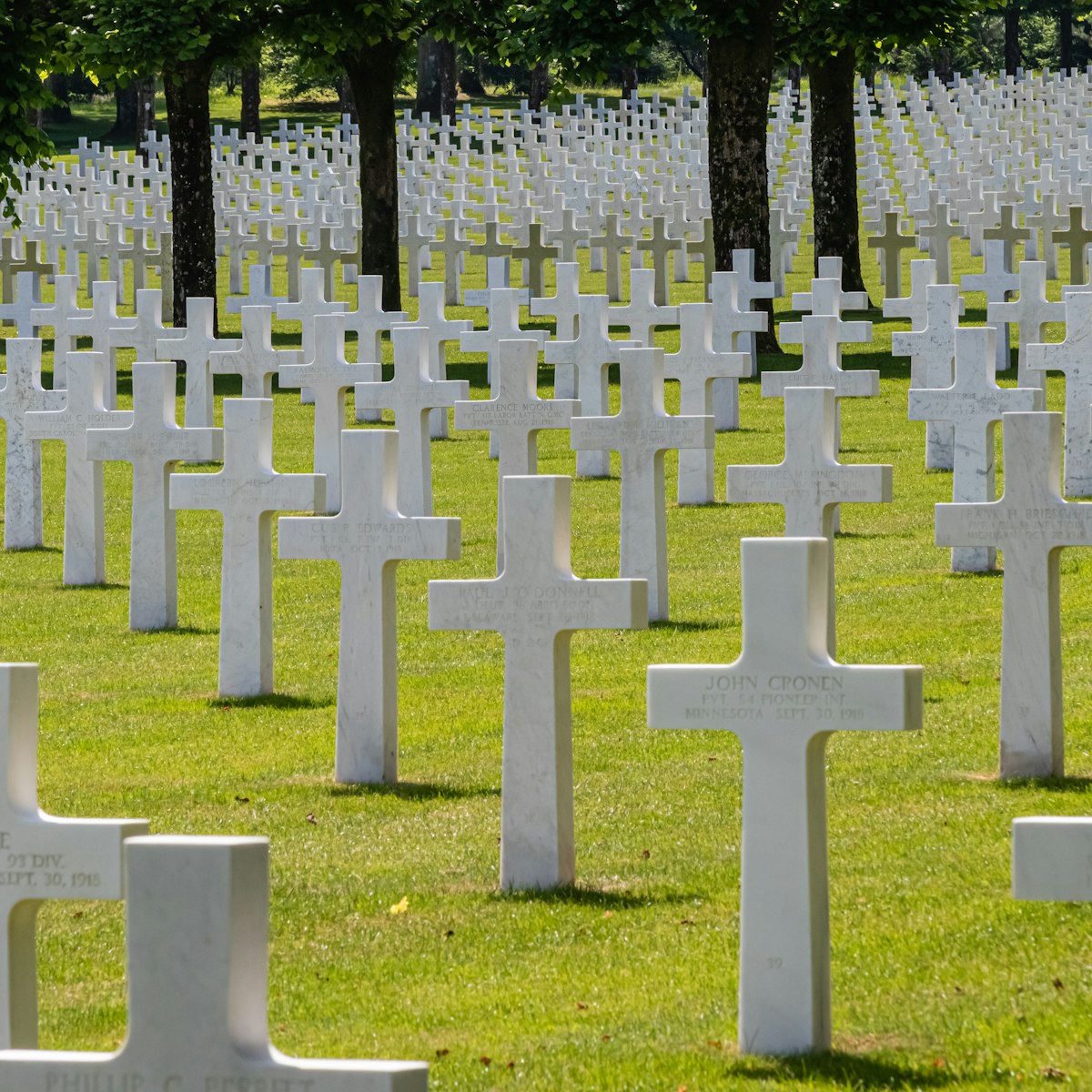
Meuse-Argonne American Cemetery
19.34 MILES
The largest US military cemetery in Europe is this WWI ground, where 14,246 soldiers lie buried – a sobering sea of white crosses reaching as far as the…
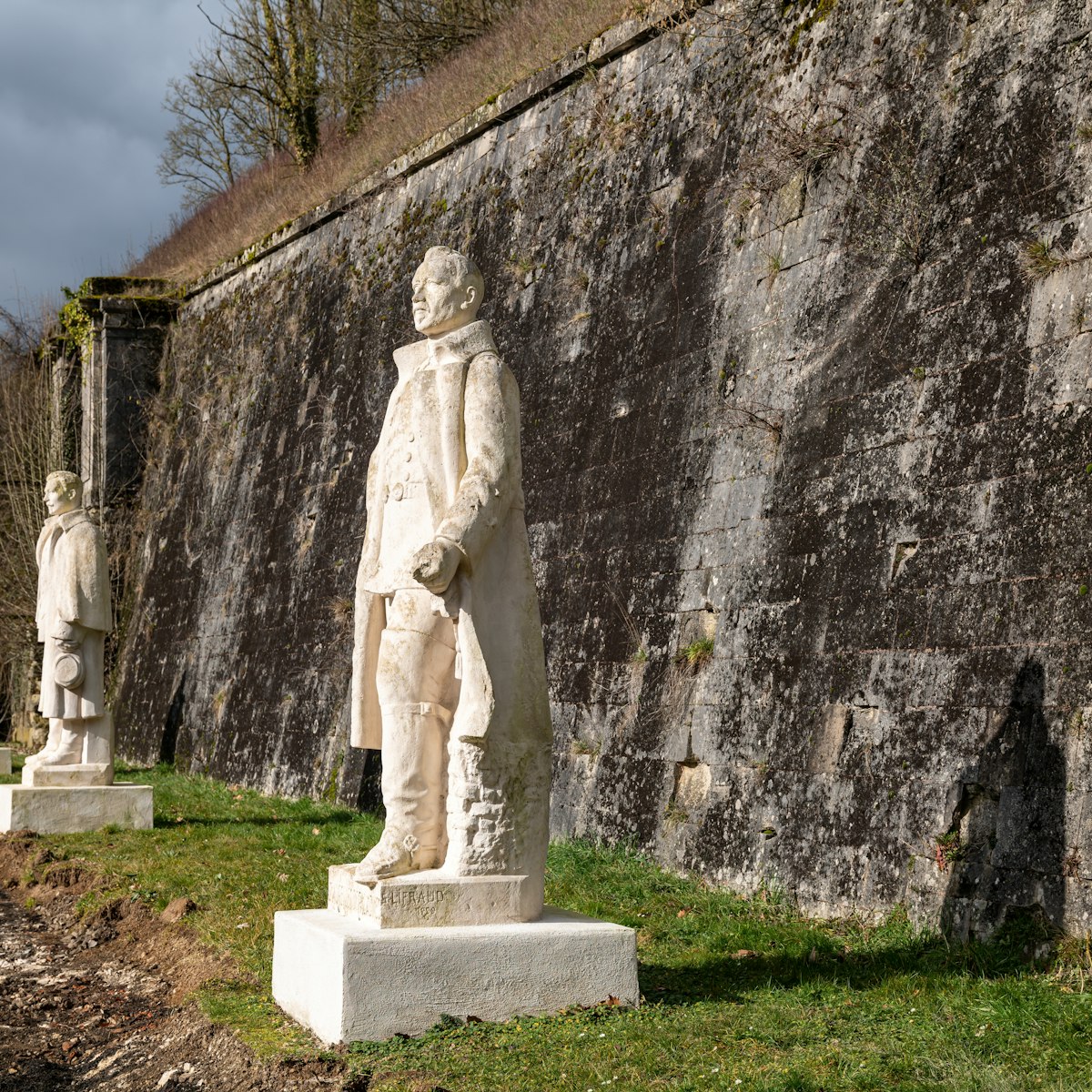
5.17 MILES
Comprising 7km of underground galleries, this cavernous subterranean citadel was designed by military engineer Sébastien Le Prestre de Vauban in the 17th…

19.75 MILES
This heart-rending museum, which, in the words of owner Jean-Paul de Vries, is all about ‘life stories’ and ‘the human being behind the helmet’. Artefacts…
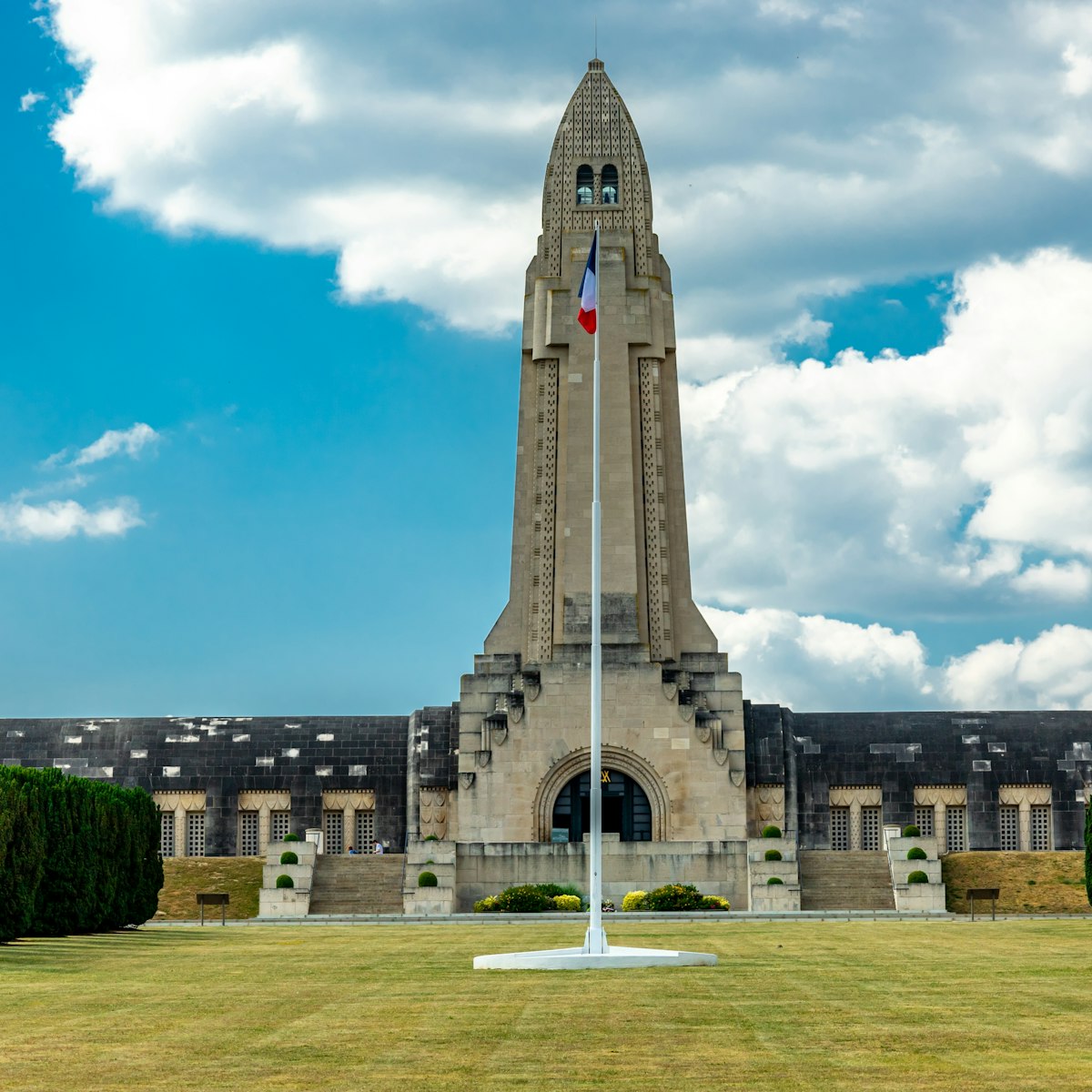
2.11 MILES
Rising like a gigantic artillery shell above 15,000 crosses that bleed into the distance, this sombre, 137m-long ossuary, inaugurated in 1932, is one of…
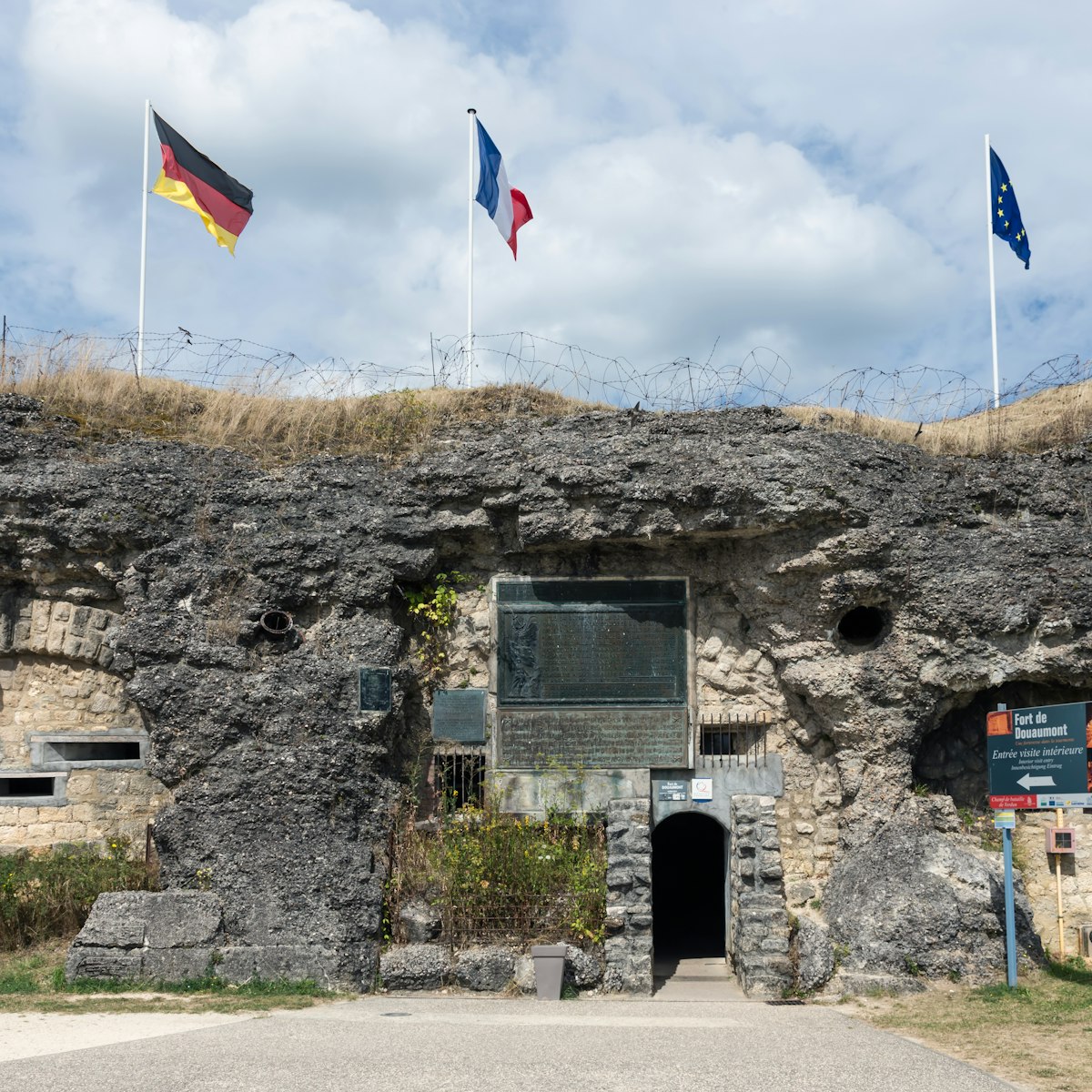
2.57 MILES
Sitting high on a hill, this is the strongest of the 38 fortresses and bastions built along a 45km front to protect Verdun. When the Battle of Verdun…
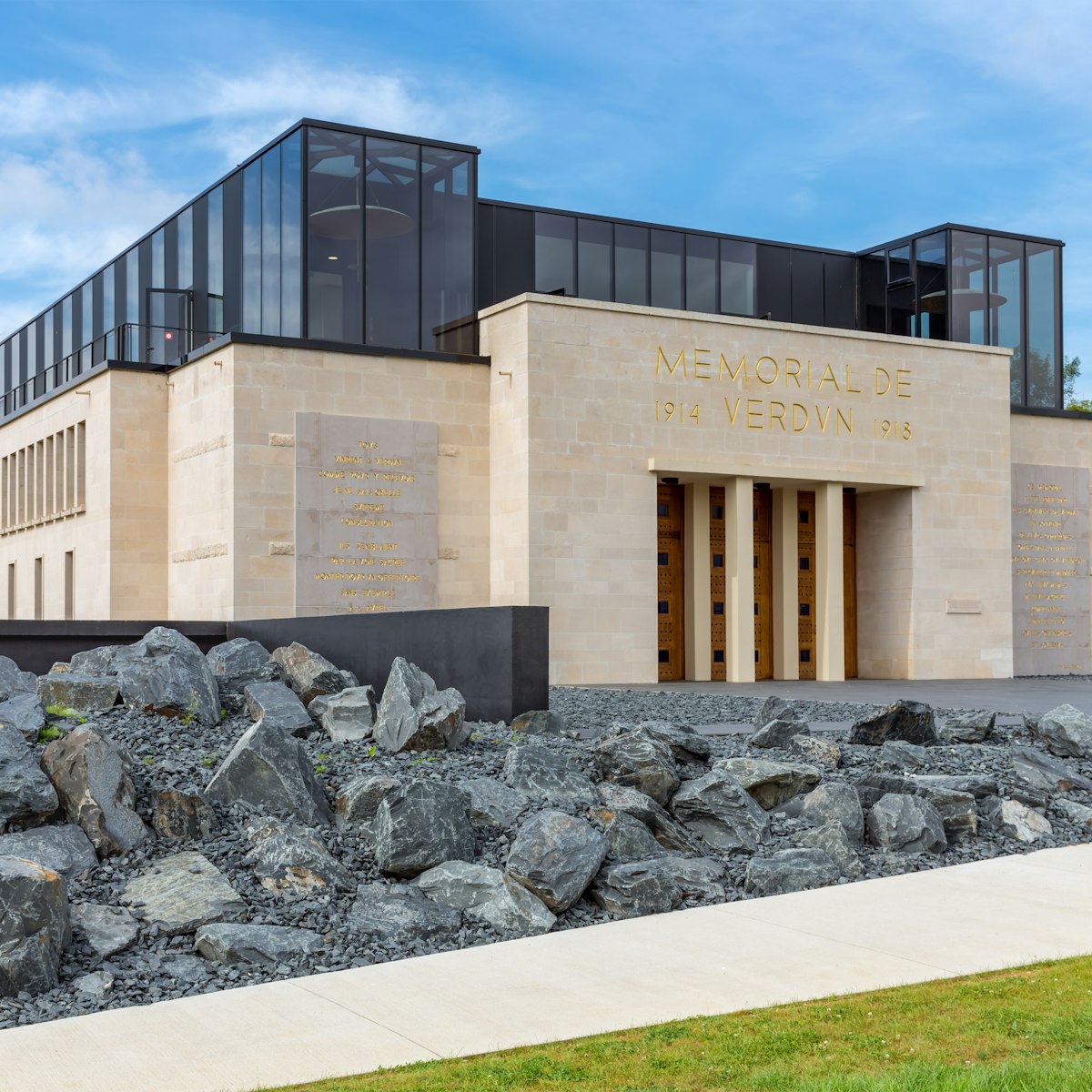
1.72 MILES
The village of Fleury, wiped off the face of the earth in the course of being captured and recaptured 16 times, is now the site of this memorial. It tells…

1.82 MILES
On 12 June 1916, two companies of the 137th Infantry Regiment of the French army were sheltered in their tranchées (trenches), baïonnettes (bayonets)…

24.14 MILES
This 375m-high mound, site of a US monument with a bronze relief map, is surrounded by a round neoclassical colonnade. The monument commemorates the…
Nearby Lorraine attractions
1.72 MILES
The village of Fleury, wiped off the face of the earth in the course of being captured and recaptured 16 times, is now the site of this memorial. It tells…
1.82 MILES
On 12 June 1916, two companies of the 137th Infantry Regiment of the French army were sheltered in their tranchées (trenches), baïonnettes (bayonets)…
2.11 MILES
Rising like a gigantic artillery shell above 15,000 crosses that bleed into the distance, this sombre, 137m-long ossuary, inaugurated in 1932, is one of…
2.57 MILES
Sitting high on a hill, this is the strongest of the 38 fortresses and bastions built along a 45km front to protect Verdun. When the Battle of Verdun…
4.63 MILES
Built in 1877, this city gate is adorned with a marble plaque recalling the ‘victorious peace’ that inspired a ‘cry of joy’.
4.64 MILES
Once part of Verdun's original city ramparts, this 14th-century gate was later used as a prison from 1755 to 1860.
4.76 MILES
Steep steps lead up to this austere 1920s monument commemorating war victims and survivors. The crypt hides a book listing the soldiers who fought in the…
4.89 MILES
Perched on a hillside, this Romanesque-meets-Gothic cathedral shelters a gilded Baroque baldachin, restored after WWI damage. Much of the stained glass is…